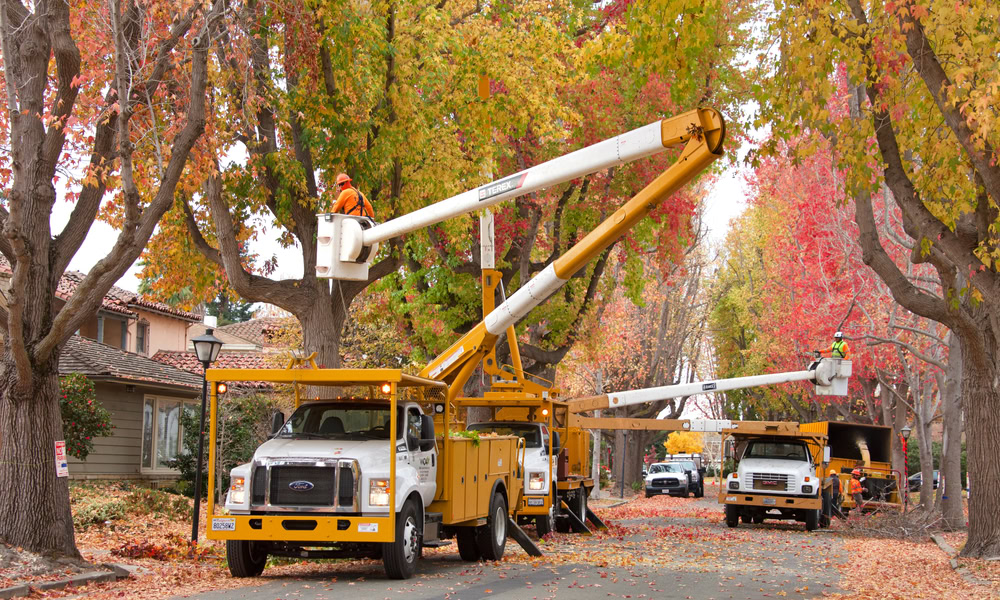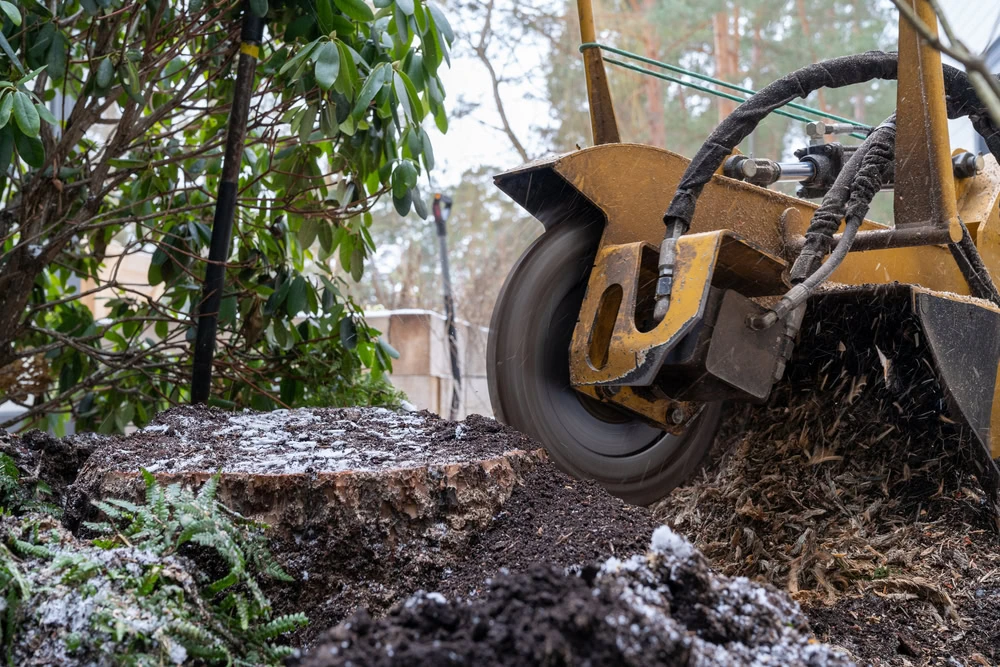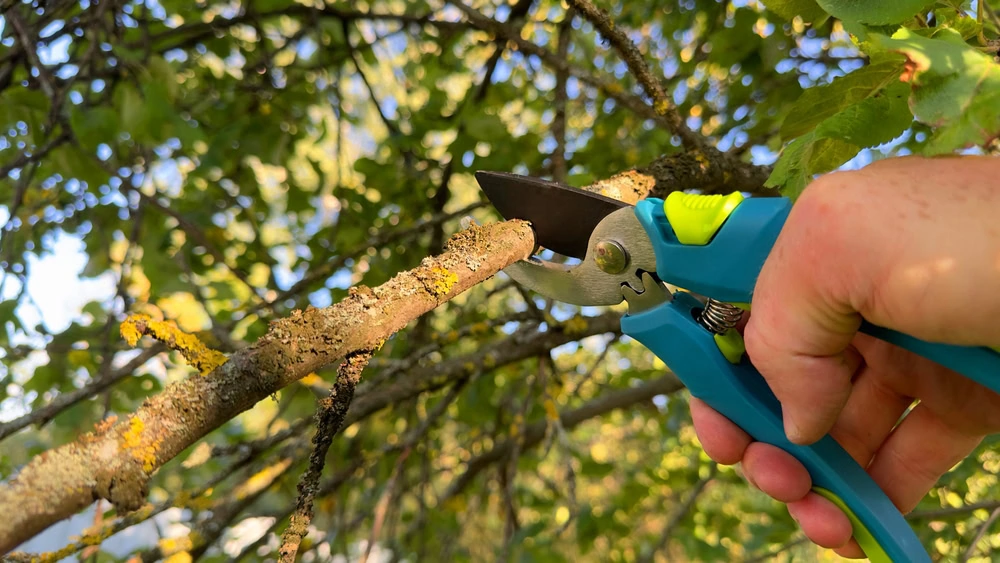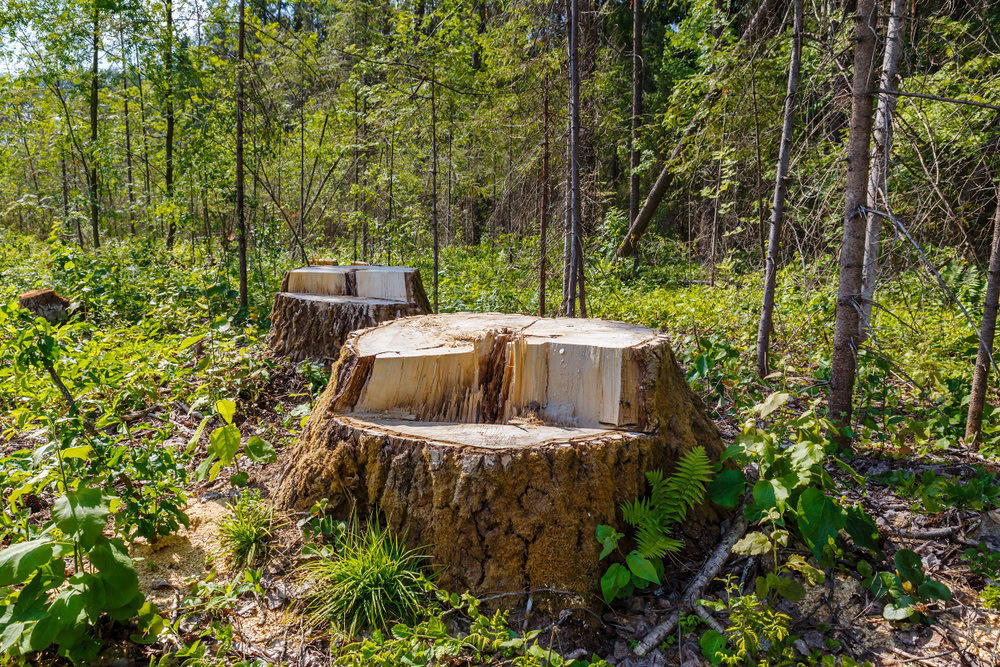Summary:
Visible Signs Your Tree Is in Distress
Trees communicate their health problems through changes you can actually see, but most homeowners don’t know what they’re looking at. A tree that’s struggling will show specific symptoms that range from obvious to subtle. Learning to read these signs early can save you from dealing with emergency tree removal down the road.
The key is knowing which changes are normal seasonal shifts and which ones signal real problems. Suffolk County’s coastal climate creates particular stressors for trees, making regular visual inspections even more critical for local homeowners. Your property sits in a region where salt air, fluctuating moisture levels, and intense storms can accelerate tree decline in ways that surprise even experienced homeowners.
Professional arborists understand how Long Island’s specific environmental conditions affect different tree species. The sandy soils common throughout Suffolk County drain quickly, which can stress trees during dry periods, while the high water table in many areas can create root problems during wet seasons. These conditions require specialized knowledge to properly assess tree health and recommend appropriate tree care solutions.
Dead or Dying Branches and Leaves
Dead branches are your tree’s most obvious call for assistance, but timing is crucial. If you’re seeing significant branch death outside of normal seasonal changes, your tree is telling you something important. Dead branches don’t just look bad—they’re accidents waiting to happen, especially during Suffolk County’s notorious nor’easters.
Look for branches that have lost their bark, show no new growth, or have brown, brittle leaves. These branches become increasingly unstable and can fall without warning. What makes this particularly dangerous is that dead branches often break at unexpected times, not just during storms. Professional tree trimming can remove these hazards before they cause property damage or injury.
Changes in Bark and Trunk Condition
Your tree’s trunk is like its backbone, and changes in bark condition often signal serious internal problems. Healthy bark should be relatively uniform in color and texture for that species. When you start seeing cracks, splits, missing sections, or unusual growths, your tree is under stress.
Vertical cracks in the trunk are particularly concerning because they indicate the tree is splitting internally. These cracks compromise the tree’s structural integrity and can lead to catastrophic failure. Fungal growths on the trunk, such as mushrooms or bracket fungi, are warning signs of internal rot, a condition that compromises the tree’s structural strength from within.
When to Call Professional Tree Services Immediately
Some tree problems can wait for a convenient time to address, but others require immediate professional attention. Knowing the difference can prevent property damage, injury, or worse. Emergency tree situations don’t always announce themselves with dramatic crashes—sometimes the most dangerous trees look deceptively stable.
Often, the decision to call tree services immediately is based on the safety risk and the potential for rapid deterioration. Suffolk County homeowners face specific challenges with coastal storms and varying soil conditions that can accelerate tree problems. Professional arborists have specialized equipment like bucket trucks, chainsaws with carbide-tipped chains, and rigging systems that allow them to safely handle dangerous tree removal situations that would be impossible for homeowners to manage.
When you’re dealing with emergency tree removal, professionals use techniques like sectional dismantling, where they remove the tree in carefully calculated pieces to prevent damage to your property. They also have crane services available for trees that are too large or too close to structures for conventional removal methods.
Structural Instability and Leaning Trees
A tree that’s started leaning didn’t just decide to change its posture—something is wrong with its root system or structural integrity. While some trees naturally grow at slight angles, sudden leaning or an increase in existing lean is a serious warning sign that requires immediate professional assessment.
Root problems are often the culprit behind leaning trees. Soil erosion, root rot, or construction damage can compromise the root system’s ability to anchor the tree properly. In Suffolk County, where sandy soils and occasional flooding are common, root problems can develop quickly without obvious surface signs. Professional arborists use specialized tools like resistograph drills to assess internal tree structure and root health without causing damage.
Storm Damage and Emergency Situations
Suffolk County’s weather can be brutal on trees, and storm damage creates some of the most urgent tree care situations. High winds, ice, and saturated soils can turn healthy trees into immediate hazards. The challenge is that storm-damaged trees don’t always fall right away—they can hang in a compromised state that’s extremely dangerous.
Storm damage cleanup requires specialized equipment and techniques that professional tree services bring to every job. They use heavy-duty chippers that can handle branches up to 12 inches in diameter, stump grinders with carbide teeth that can remove stumps below ground level, and hydraulic lifts that allow safe access to damaged branches hanging over structures or power lines.
Protecting Your Suffolk County Property with Professional Tree Care
Your trees are valuable assets that boost your property value and provide environmental benefits, but only when they’re healthy and properly maintained. Recognizing the signs of tree distress early gives you options—wait too long, and your only choice might be expensive emergency tree removal that could have been prevented with regular tree maintenance.
Professional tree pruning, performed by certified arborists using proper techniques and sterilized equipment, can often save trees that might otherwise need to be removed. Tree health assessments can identify problems before they become emergencies, and regular stump grinding keeps your landscape clean and safe. When you notice any warning signs, don’t wait to get a professional opinion from qualified tree services in Suffolk County.




